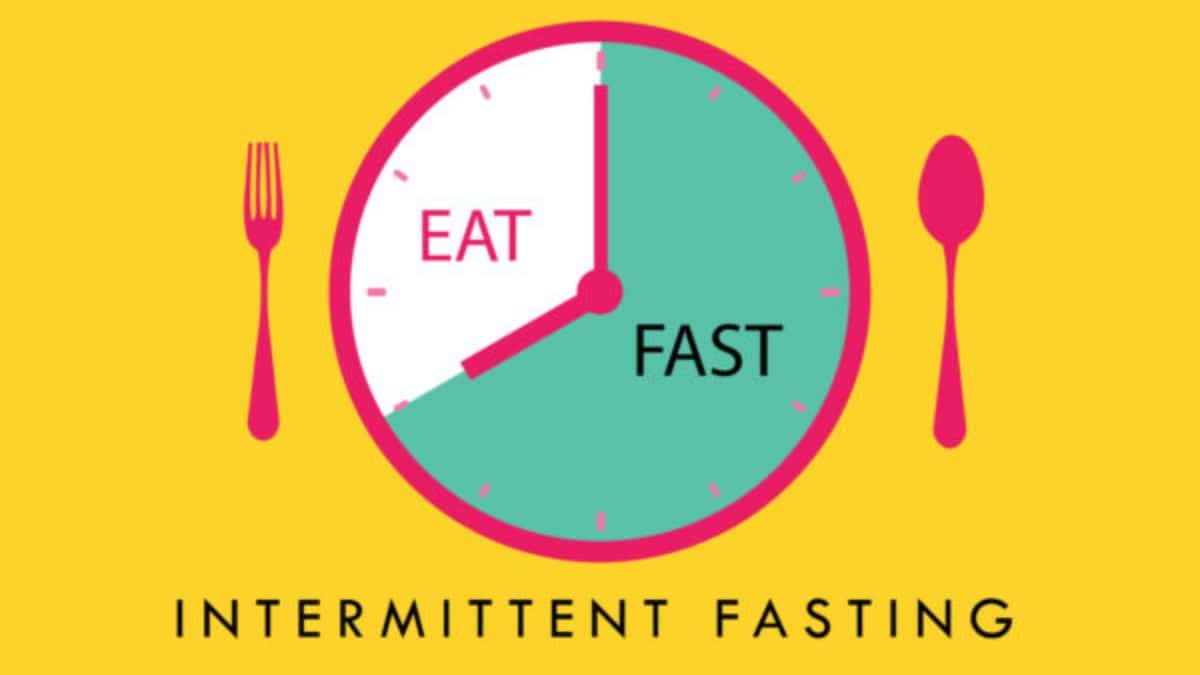What is Intermittent Fasting and how does it work?
Intermittent fasting (IF) is an eating pattern that alternates between fasting and eating intervals. It does not recommend certain items to eat, but rather when you should eat them. The goal behind intermittent fasting is to limit the time window in which you consume your daily calories, which might result in a variety of health benefits and possibly aid in weight loss.
Intermittent fasting (IF) is a diet that alternates between periods of fasting and eating. In contrast to typical diets, which focus on what you should eat, intermittent fasting focuses on when you should eat. It does not specify items, but rather the timing of your meals.
Here’s how intermittent fasting typically works:
- Fasting Period: During the fasting period, you abstain from food or significantly reduce your calorie intake. Fasting periods can vary in length, depending on the specific type of intermittent fasting you choose.
- Eating Window: The eating window is the time during which you consume your daily calories. This window is typically limited, and it varies depending on the specific intermittent fasting method you follow.
The main principle behind intermittent fasting is to increase the amount of time between your last meal of the day and your first meal of the next day. This prolonged fasting period can cause physiological changes in the body, including as glycogen depletion, enhanced fat oxidation, and changes in hormone levels, which can result in a variety of possible health benefits. Some of the most common advantages of intermittent fasting include:
- Weight Loss: By restricting the time in which you eat, you may naturally reduce your calorie intake, which can lead to weight loss. Additionally, fasting periods can increase the body’s reliance on stored fat for energy.
- Improved Metabolic Health: Intermittent fasting may help improve insulin sensitivity, reduce inflammation, and support better metabolic health. This can potentially lower the risk of type 2 diabetes and heart disease.
- Better Blood Sugar Control: IF can lead to more stable blood sugar levels, reducing the risk of blood sugar spikes and crashes.
- Cellular Autophagy: Fasting periods may promote cellular autophagy, a process where the body cleans out damaged cells and regenerates new ones. This has potential health benefits.
- Brain Health: Some studies suggest that intermittent fasting may support brain health and protect against neurodegenerative diseases.
Type of Intermittent Fasting
There are several different types of intermittent fasting, each with its own approach and schedule.
Intermittent fasting methods include the 16/8 method (fasting for 16 hours and eating during an 8-hour window), the 5:2 diet (eating normally for five days and consuming a reduced calorie intake on two non-consecutive days), and the eat-stop-eat method (fasting for a full 24 hours once or twice a week).
Here are some of the most popular methods:
- 16/8 Method: This method involves fasting for 16 hours each day and eating all your meals within an 8-hour window. For example, you might skip breakfast and eat your first meal at noon, then finish eating by 8 pm.
- 5:2 Diet: In this approach, you eat normally for five days of the week and restrict your calorie intake to around 500-600 calories for the other two non-consecutive days. These two fasting days are often referred to as “fasting” days.
- Eat-Stop-Eat: With this method, you fast for a full 24 hours once or twice a week. For example, you might finish dinner at 7 pm and then not eat again until 7 pm the following day.
- The Warrior Diet: This diet involves fasting for 20 hours and eating a large meal within a 4-hour window in the evening. During the 20-hour fasting period, small amounts of raw fruits and vegetables or dairy products are allowed.
- Alternate-Day Fasting: This approach alternates between fasting days, where you consume very few calories or none at all, and regular eating days. On fasting days, you might consume around 500 calories.
- OMAD (One Meal a Day): As the name suggests, you eat only one meal a day, typically within a one-hour window, and fast for the remaining 23 hours.
- The 5:2 Modified: This variation of the 5:2 diet allows for a bit more flexibility. Instead of restricting calorie intake on two non-consecutive days, you consume fewer calories (around 800-1,000) on fasting days while still having some food.
Weight loss, improved metabolic health, better blood sugar control, and a lower risk of chronic diseases are all potential health benefits of intermittent fasting. It is not, however, appropriate for everyone, and individual outcomes may vary. If you want to try intermittent fasting, speak with a healthcare professional or a certified dietitian to discover the appropriate strategy for your personal circumstances and to ensure that you’re meeting your nutritional requirements.


